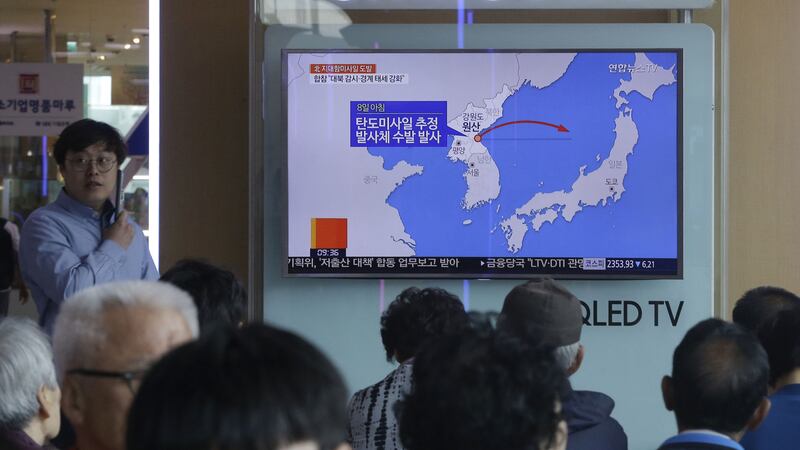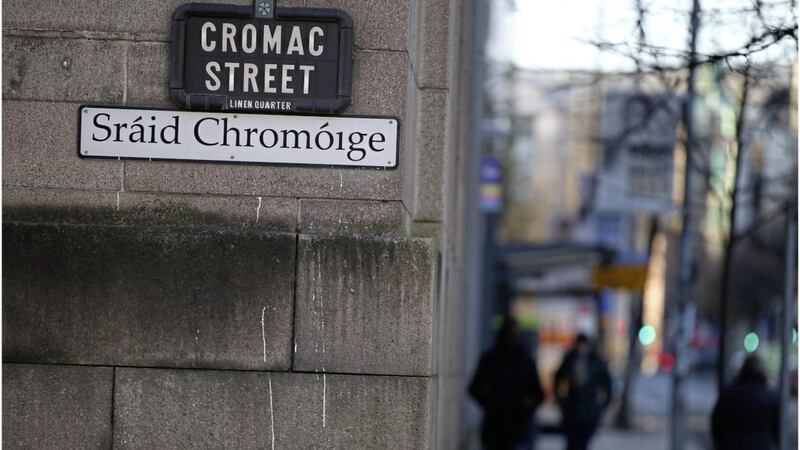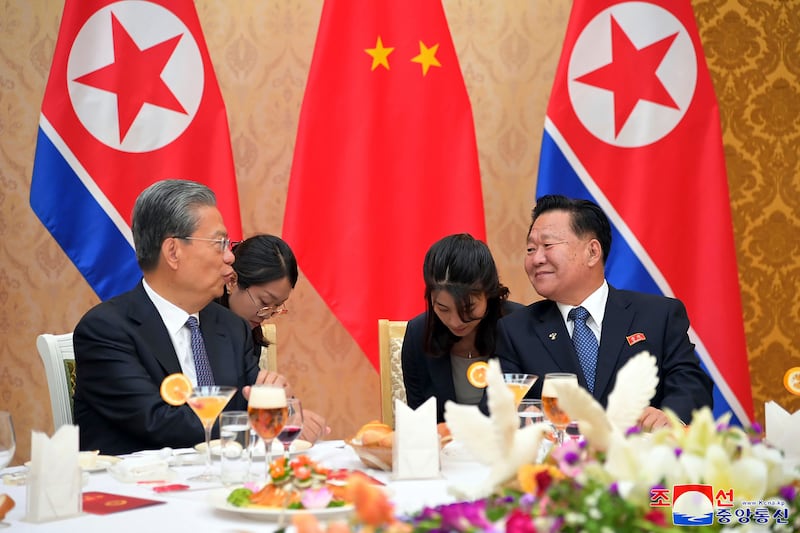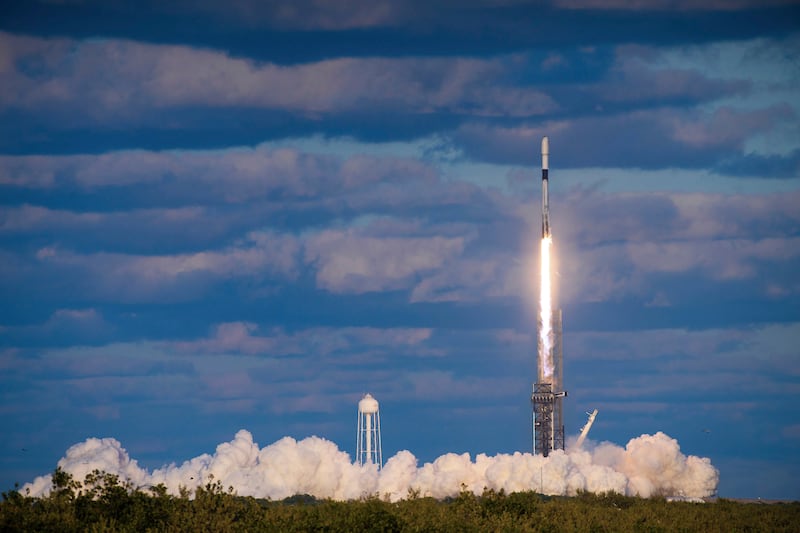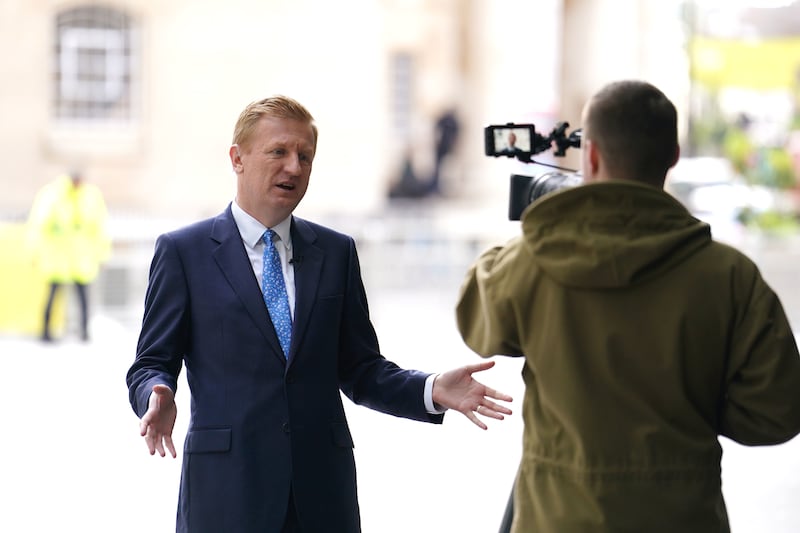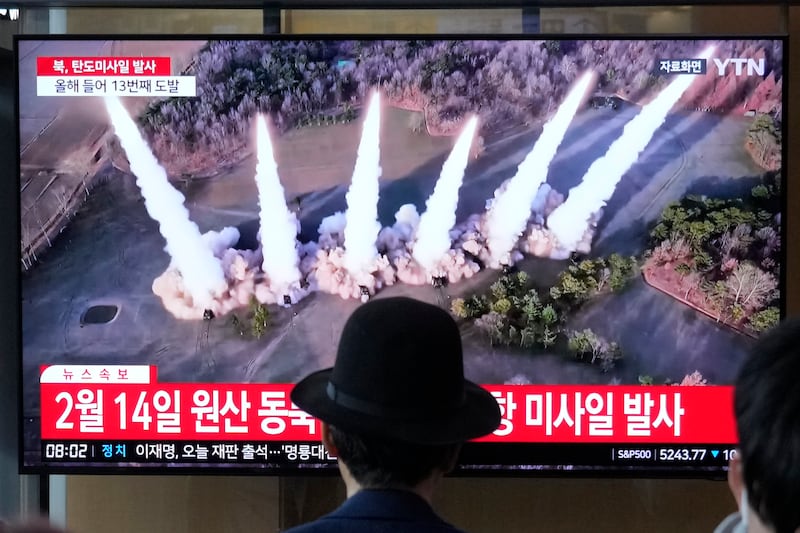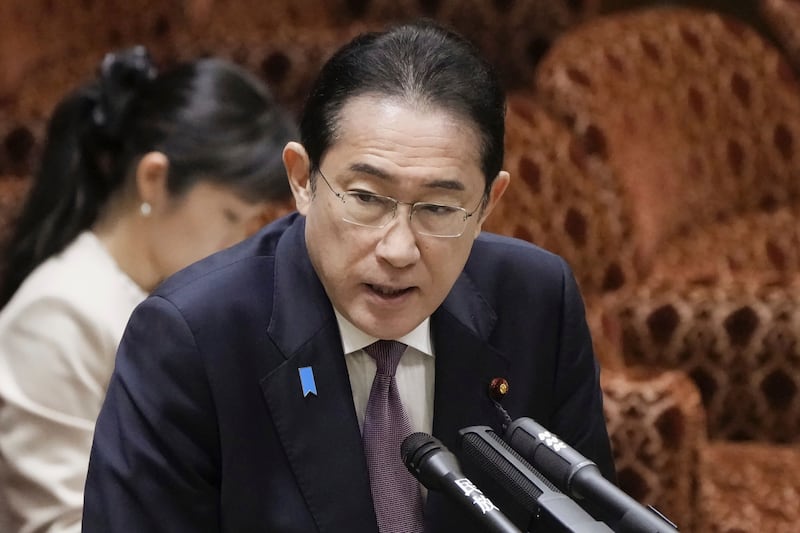NORTH Korea has fired several suspected short-range anti-ship missiles off its east coast, South Korea’s military said.
The missiles were fired from the North Korean eastern coastal town of Wonsan and likely flew about 125 miles with an altitude of about 1.2 miles, South Korea’s Joint Chiefs of Staff said in a
statement.
They landed in waters between the Korean Peninsula and Japan, where US aircraft carriers USS Carl Vinson and USS Ronald Reagan participated in joint exercises with the South Korean navy that ended earlier this week.
The North’s missile tests present a difficult challenge to new South Korean president Moon Jae-in, a liberal elected last month who has expressed a desire to reach out to Pyongyang.
North Korea, which could have a working nuclear-tipped intercontinental ballistic missile in the next several years, may also be the most urgent foreign policy concern for the Trump administration, which has been distracted by domestic political turmoil and has insisted China do more to rein in the North’s weapons activities.
Roh Jae-cheon, spokesman of Seoul’s military, said the latest launch would have intended to show off its widening arrange of missiles and also its “precision strike capabilities” on ships in response to the joint drills.
North Korea’s weapons tests are meant to build a nuclear and missile programme that can stand up to what it sees as US and South Korean hostility, but they are also considered by outside analysts as ways to make its political demands clear to leaders in Washington and Seoul.
Analysts say the latest launch appeared to be
aimed at keeping up pressures on Mr Moon to try to win concessions.
The launches yesterday from Wonsan were North Korea’s fourth missile test in as many weeks as the country continues to speed up its development of nuclear weapons and missiles.
Kim Dong-yub, a North Korea expert at Seoul’s Institute for Far Eastern Studies, said the projectiles, which showed longer range than North Korea’s previously known KN-01 anti-ship cruise missiles that can travel up to 99 miles, were likely from a new cruise missile system North Korea displayed during a massive April 15 military parade.
The improved range indicates the North is pursuing weapons capable of reaching US aircraft carriers that operate from deeper positions, he said.
Japan’s foreign minister Fumio Kishida said after Thursday’s launch that Tokyo has not detected any “flying objects” that headed toward Japan or landed inside the country’s maritime economic zone.
North Korea on May 14 premiered a powerful new midrange missile that it said could carry a heavy nuclear warhead. Experts said that rocket flew higher and for a longer time than any other missile previously tested
by North Korea, and that it could one day reach targets as far away as Hawaii and Alaska.
The North in following weeks launched a solid-fuel midrange missile that can be fired on shorter notice than liquid fuel missiles, and also what it descried a new “precision-guided” missile, which experts say is designed with a manoeuvrable terminal stage meant to frustrate missile defence systems such as the US Terminal High Altitude Area Defence that is being deployed in South Korea.
